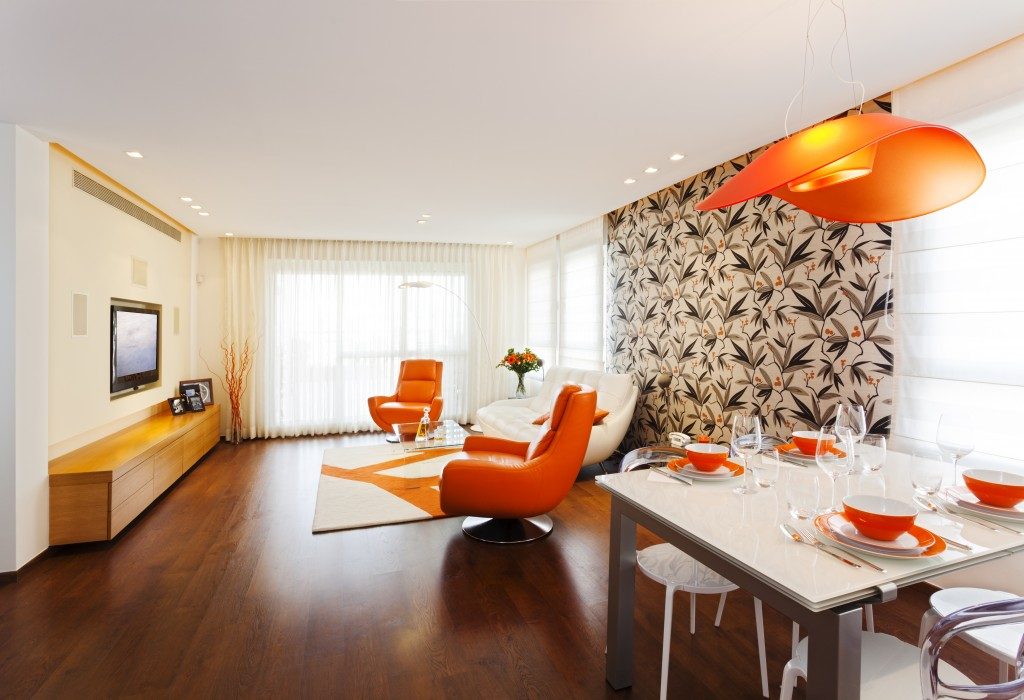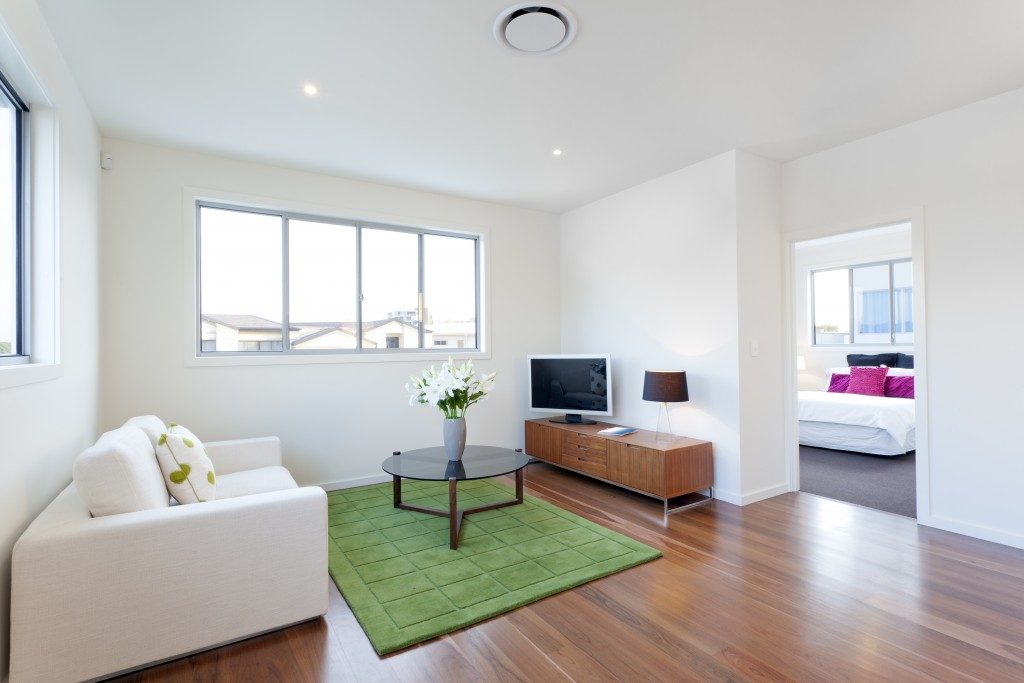A common mistake people commit when designing homes is filling up everything. A blank wall in the hallway? Put up a gallery of photos or plaster some good wallpaper. An empty corner in the room? Turn it into a reading nook or a yoga zone. These are all good fixes, but keeping the blank and empty as it is can be good solutions, too. In fact, in some instances, it’s the only good fix. Here’s why negative space or that area in a room void of furniture, art piece, and fixture is crucial in any design:
It pleases the eyes.
At first glance, it’s hard to believe how an empty space could do so much difference in a room, but it really does. The truth is, when you step into a new place, your brain takes in what you see as a whole. When you’re able to make sense of the entirety and determine the room’s function quickly, you feel more at ease. You’re comfortable in the space, and that’s why you perceive it as aesthetically pleasing.
As you would surmise, a room that has a lot of blank, empty space is easier to take in because it has this openness and bareness that allows the purpose of the room to be perfectly clear to anyone looking at it. That said, know that function is the first principle you should take note. When putting together a room with negative space in mind, think of the elements that would convey its function — for instance, key furnishings.
It highlights other design elements.

Not only does negative space highlight the function of a room. It also emphasizes other elements in the area. Imagine how aesthetically different it will be when a statement furniture is against a blank backdrop, as opposed to a geometrical wall. The furniture piece will shine even more.
If you want a design feature in the room to pop, surround it with negative space. At the same time, be conscious in decluttering and editing your stuff. Look at each corner of the room and see which ones you can take down. Especially in the case of a focal point, you want to have only one defining element.
If you want to highlight an art piece on the wall, but you have a good window right next to it, cover the latter with smart, visually appealing and preferably unadorned treatments, like custom motorized blinds. With this, you can blur out the view, which can take the spotlight away from the art piece, and at the same time, make that corner of the room subdued — in negative space.
It makes areas easier to use.
A room that has a lot of negative space makes navigation from one corner to another a breeze, and that’s simply because the absence of objects means clear pathways around the room. This is one important principle you should consider when arranging furniture and fixture. You should be able to sit, stand, and walk through the room with ease. If you bump into tables or chairs when doing such movements, rethink about the breathing space in your arrangement. Perhaps, you should reconsider the size and proportion of the pieces you’re introducing to the room.
Negative space is crucial in home design, so don’t leave it at the bottom of your must-haves. Include it in your planning and your finishing. Discover the positive in the negative.

